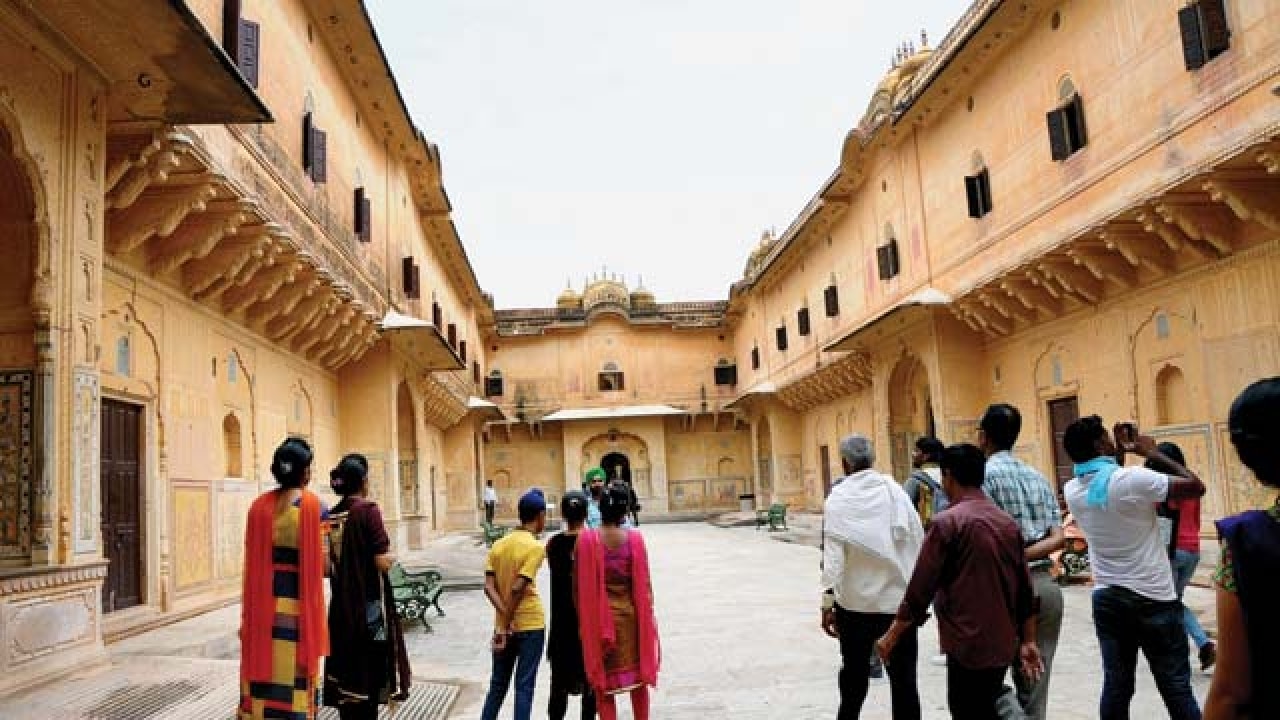
History, or the way we look at the subject, should have some objectives in mind other than just being a stepping stone to even thicker books of the same boring prose. To begin with, the past should be made relevant to the present and the future. Viewing history as a domino effect is one way to further this objective. As to how historical events are affecting our life today. We are the sum total of everything that preceded us. If certain events had not happened, perhaps India would be a different country today! This kind of analysis of events should be encouraged, maybe even made playful by asking children to come up with alternate endings for historical events and then trace it to today. This will also help us gauge which events stand out in India’s history.
For example, if we were to remove the personality of Chhatrapati Shivaji, India’s history would lose a valuable link which would have an effect on other incidents. Another objective, useful again in present tense, is that this will encourage various viewpoints to come forth and be entertained. The straightjacketing of opinion will no longer be the norm.
A question is often asked is, if an individual did something in the 12th, 13th or 14th century, how is that personality relevant to the present day? This segues into the second point — that of drawing on personal traits such as leadership, management, mental endurance, sense of duty, patriotism etc which are applicable in a host of situations even today.
The ability to draw out these qualities from a reading of historical personas and events will no longer make them distant and disjointed.
This is what all of us should collectively try to achieve. The way our history is told today does not inculcate any sense of pride. This, when we are one of very few civilisations which can trace itself back to over five thousand years. We should take it a step futher, and readily try to identify with the sequence of historical events which led to this very moment. But when we refuse to draw on positives, and experience a sense of immense pride, human nature tends to ignore and eventually forget. This is not to encourage us to rest on past laurels, or highlight mistakes and defeats are of the greats.
But the way our current narrative is contructed, we tend to give undue importance to defeat and ignore victory — which is detrimental as a whole.
Also, a lot of history we learn is defeatist, and distant and disjointed in time and space. Opportunities for hands-on experiences — such as visting old forts, simply don’t exist. We don’t touch upon issues like conservation either. Our historical places are filthy.
A general lack of civic sense, coupled with ignorance, has led to this. Empty liquor bottles, signatures carved into the ancient marble, and a pervasive stench of urine plague our historical sites which are well liked, but clearly not well looked after. Last, but certainly not least, it is important to shed light on the fact that our view of India’s history is extremely regionalist in nature.
Apart from the ‘great’ Mughals and the struggle against the British, everything is viewed through a provincial lense. As a result, the Cholas became Tamil Nadu’s history, Shivaji is Maharashtra’s, Rana Pratap is Rajasthan’s, to name a few. This is certainly not the way to go if we want to inculcaute a sense of national pride and belonging. Whatever India is today, is a sum total of all these achievements by various individuals over the years. There are so many parts of India that is never gets touched upon in history textbooks — entire states even.
Reading about various regions not as separate parts, but constituents of a larger narrative, will go a long way in our understanding of India as a whole.